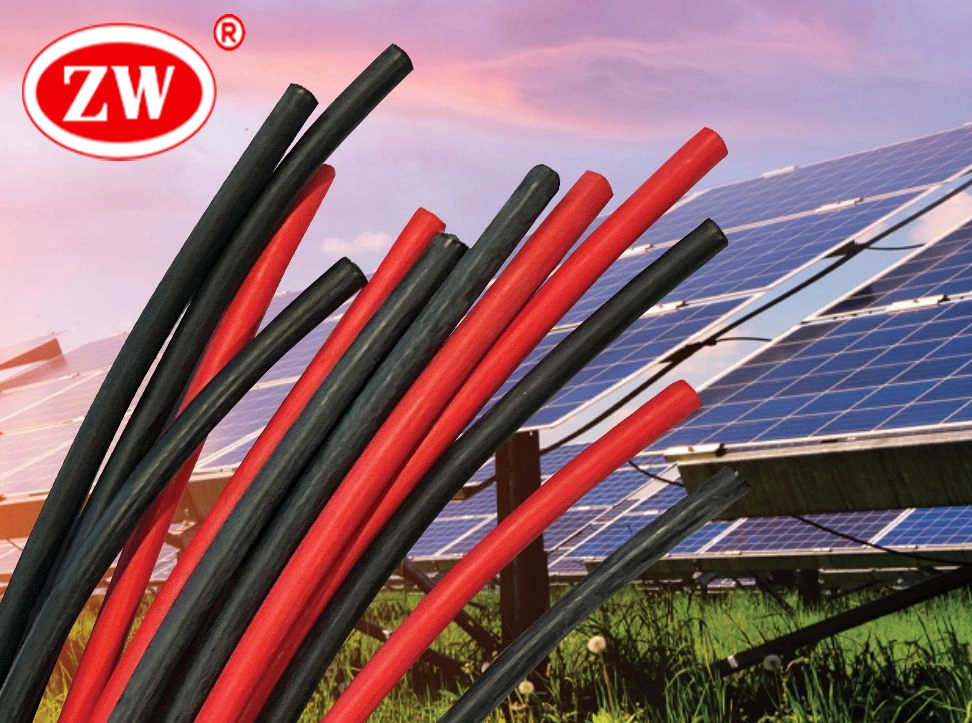KevinC_63559
Solar Enthusiast
I was under the impression there was a lot of controversy around grounding arrays. No problem grounding the frame to earth, but the arrays themselves are DC without the need for a ground. The inverters get ground via their AC hookup from the main panel.





